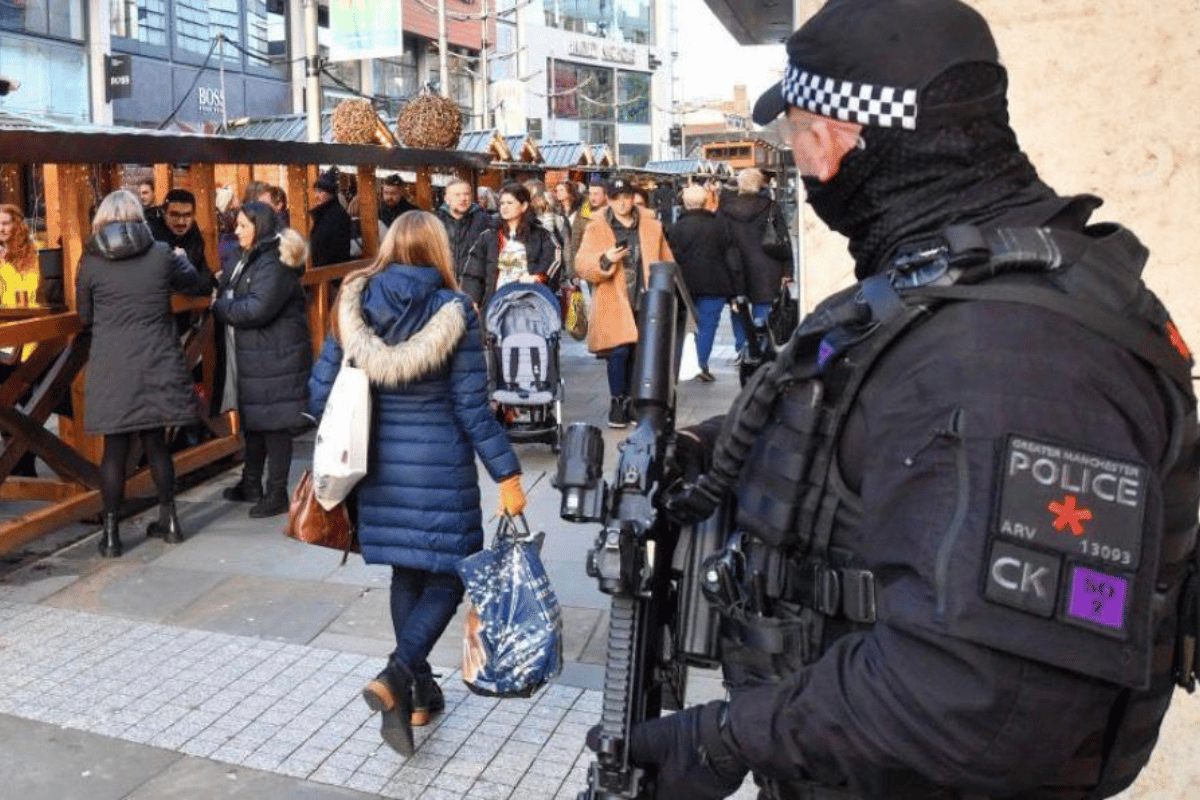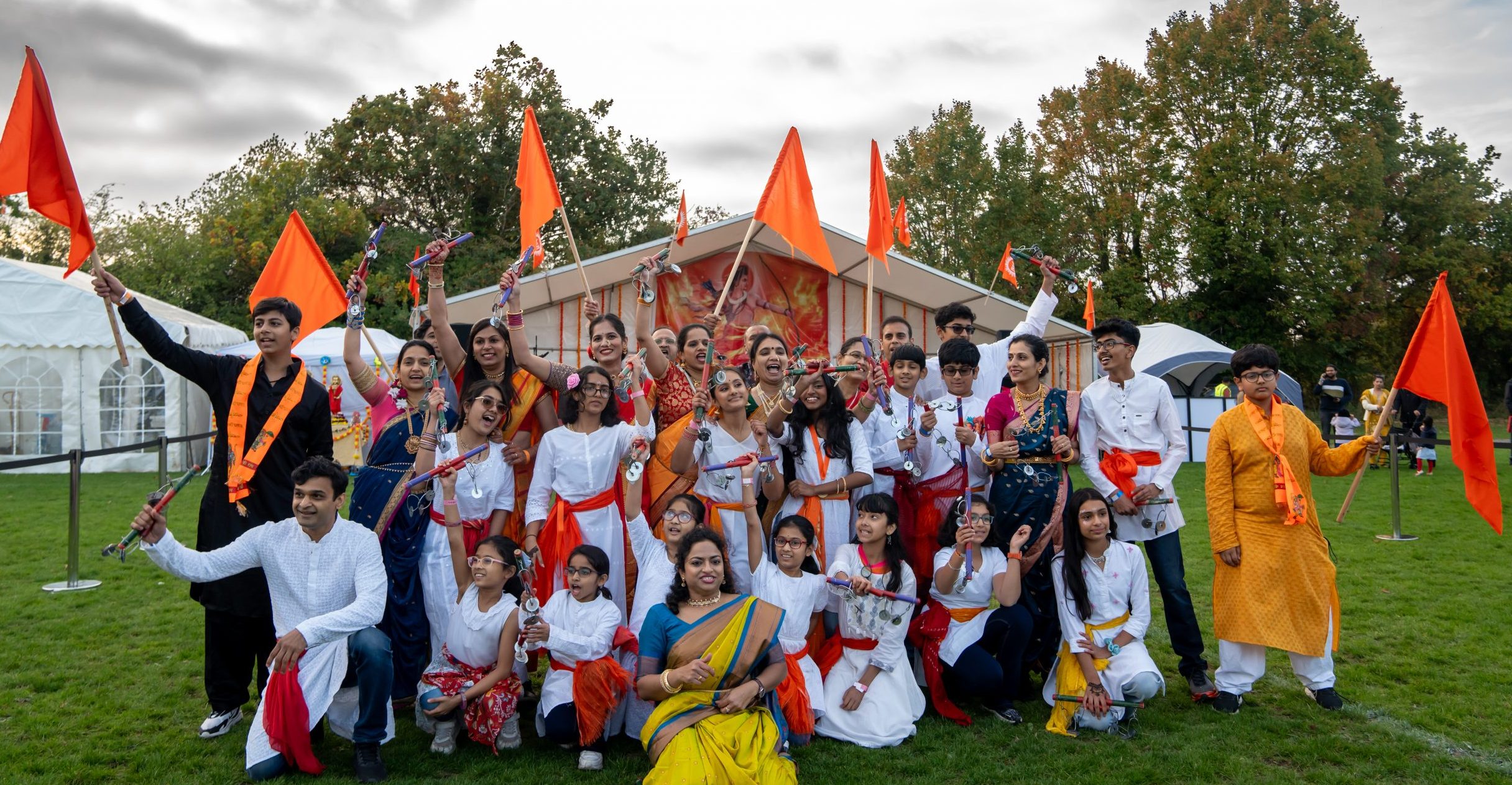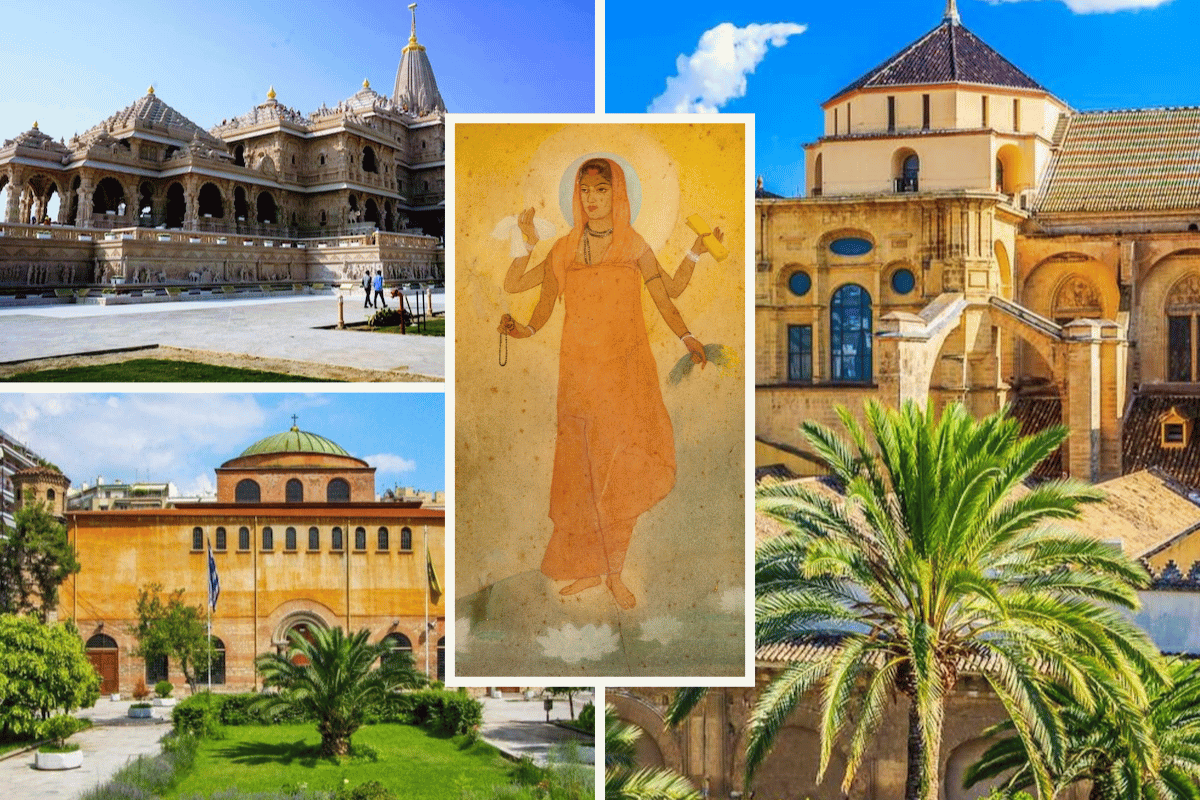
Navratri refers to a nine-night and ten-day-long set of observances, dedicated primarily to the Divine Feminine. Navratri observances happen roughly four or five times a year and these often coincide with seasonal changes, although it suffices to say that the philosophies underpinning Navratri celebrations are far more complex than the mere marking of seasonal harvests. The Hindu propensity for many festivals affords us the opportunity to stay in divine remembrance and celebration throughout the year.

The most popular Navratri celebrations include Chaitra (also known as Vasant or Spring) Navratri and Sharad Navratri (usually occurring during autumn/winter time; the exact dates vary with the yearly lunar calendar.
Two further Navratris are known as “Gupt” (or “secret”) Navratris; these include Ashadh/Varahi Navratri and Magh/Matangi Navratri. These two secret clusters of observances are not commonly practised in the mainstream and tend to be observed by Sadhaks (spiritual aspirants) following specific Sampradayas, or traditions. Paush or Shakambari Navratri (interestingly, usually observed for 8 rather than 9 nights) usually falls during the Gregorian month of January and is associated with the Devi in her aspect as Mother Nature, encouraging plant-based living; for some, this Navratri coincides with Magh Navratri.
Chaitra and Sharad Navratri are not only associated with the Devi, but also with Bhagwān Shri Rāma. In ancient times (before Rāma), Chaitra Navratri was one of the main clusters of observances centred around the worship of Durga. Chaitra Navratri often starts with Gudi Padwa, or Ugadi. Navratri is closely linked with creation stories. Many believe that Mata Durga descended into our realm of existence on the first day of Chaitra Navratri, and Brahma then proceeded to complete manifest creation. The third day of Chaitra Navratri is also associated with Vishnu taking his incarnation as Matsya (fish) avatar. Chaitra Navratri is also significant remembering Kama Dev and his consort, Rati – the Indic counterpart of cupid, he not only represents the onset of spring, but the love and desire between living beings, as well as between living beings and the divine.
Sharad Navratri often falls around a fortnight or a few weeks before Deepavali and is oftentimes celebrated with even greater pomp and vigour than Chaitra Navratri. The nine nights of Navratri can be likened to nine months in the womb and is a symbolic process of new life and being reborn. Indeed, one famous folk dance of Gujarat is known as “Garba”, literally “womb” – this involves devotees offering their love and worship for the Divine Mother in the form of dancing circularly around her icon or Murti. Each night is dedicated to a different manifestation of the Devi, although the overarching theme of the observances is divided into thirds: starting with the worship of Durga or Kali (the fearsome aspect of the Divine Feminine, responsible for destroying evil and negativity) over the first 3 days, then worshipping Lakshmi (who teaches us to inculcate Sattvic values and all that is good and pure), followed lastly by Saraswati (who hastens our spiritual evolution towards knowledge and enlightenment, now that we have removed negative tendencies and imbibed good virtues).
Perhaps most famously, Navratri is associated with the story of Mata Durga’s fight with Mahishasur. Durga appeared after all divine beings put their energies together with the purpose of tackling the evil Demon Mahishasur who was terrorising all of creation. Durga, resplendent on a lion (or tiger), was armed with weapons gifted by each deity and rode into battle with her all-female army. Each day of Navratri is associated with different events during the battle and the creation of more divine feminine forms (each a divine manifestation in Her own right) from Durga’s own being, culminating in the vanquishing of evil and victory of the Divine Mother on Vijaya Dashami, or Dusshera. Chaitra and Sharad Navratri are also closely associated with the story of Bhagwan Shri Rāma. Although Durga is said to have defeated Mahishasur in a very distant and far past (indeed, some believe this was during an entirely different cycle of creation), Rāma was born on the ninth day of Chaitra Navratri celebrations many aeons later. Many believe that, before setting out to battle Ravan, Rāma worshipped the Devi during the autumn/winter months, and with her blessing was victorious over Ravan. The invoking of Durga at that time is known as “Akal Bodhon” (or invocation during an uncustomary time or season), and led to the establishment of Sharad Navratri, culminating in Shri Rāma’s victory over Ravan in the same way as Durga was victorious over Mahishasur. It has always, however, been customary to worship Durga prior to war. Millennia after Rāma, the Pandavas also worshipped Durga prior to the great Kurukshetra war.
The timing of Sharad Navratri in relation to Deepavali is also significant. Deepavali commemorates (among many other things) Shri Rāma’s return to Ayodhya after vanquishing Ravan and rescuing Mother Sita, and many say that it would have taken roughly the time period between the two festivals, to travel back to Ayodhya from Lanka.
Different ancient Hindu scriptures refer to the almighty reality of God, unfathomable to us in the human condition, as he, she, it, or even in the negative (Neti Neti). Ancient Hindu philosophers were able to see beyond gender and afford all an equal and exalted status. The symbolism of a female deity that represents the combined forces of all divinity demonstrates the high status that ancient Indian civilisation afforded to women. Many believe that the Divine Mother was not created out of the combined energies of the Gods, but rather was always present, and merely manifested at everyone’s greatest time of need. In terms of manifest existence, many believe that the Divine Feminine represents the natural and active manifestation of Divine consciousness (Prakriti) while the Divine Masculine represents latent consciousness (Purush).
Navratri is celebrated with great pomp and diversity across several different Hindu communities – from the spiritual dances of worship in Gujarat to the famous Durga Puja of Bengal. Special prayers such as the Durga Saptashati and Chandi Homa are performed, and all members of society are acknowledged and included in the celebrations. It goes without saying that Hindus originating from different parts of India, will celebrate Navratri differently and several regional variations of the festival, its associated stories and customs exist.
With a deeper understanding and renewed focus and devotion, let us all embark upon this journey of Navratri together and celebrate the Divine Feminine in all of Her wondrous forms.
INSIGHT UK wishes everyone a Shubh Navratri!









